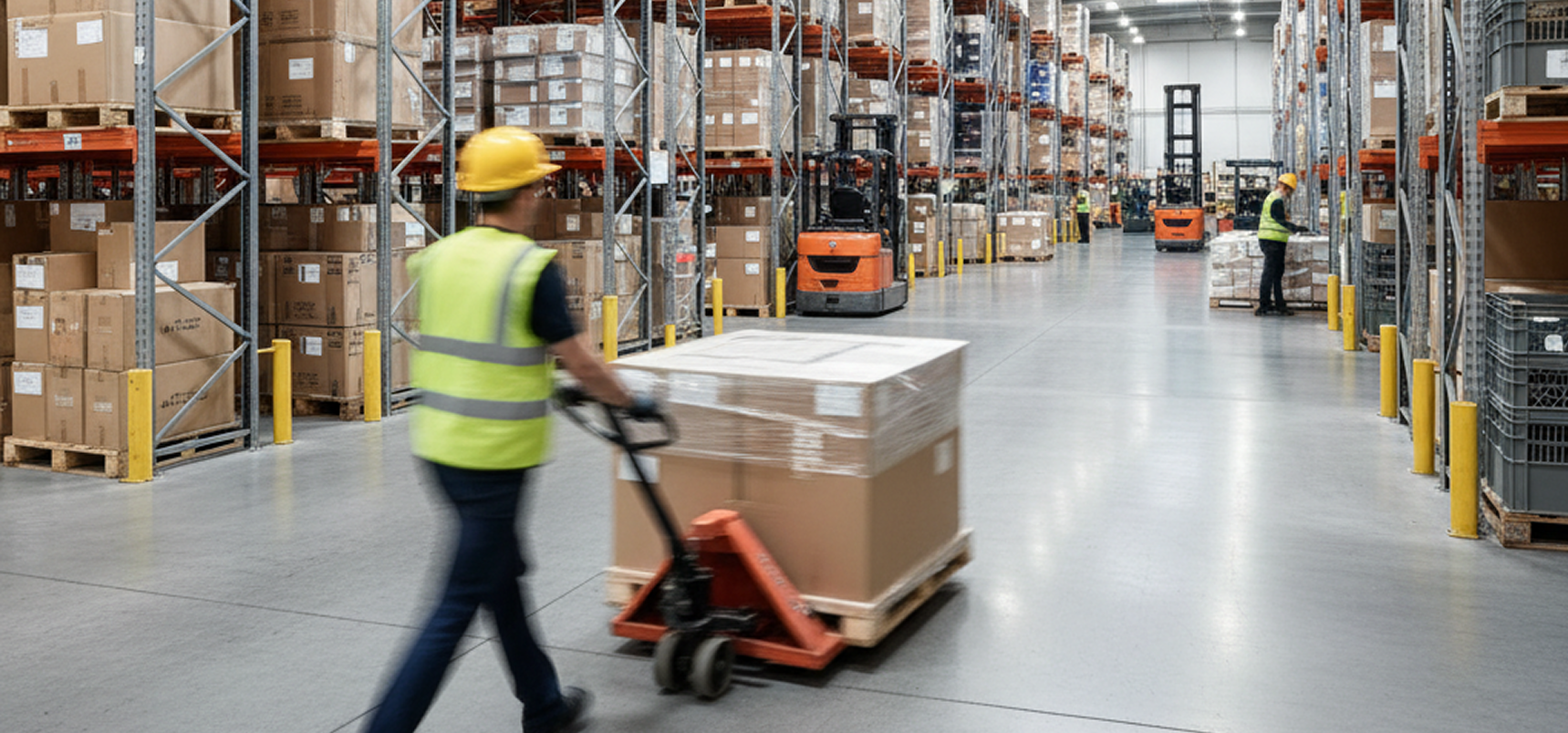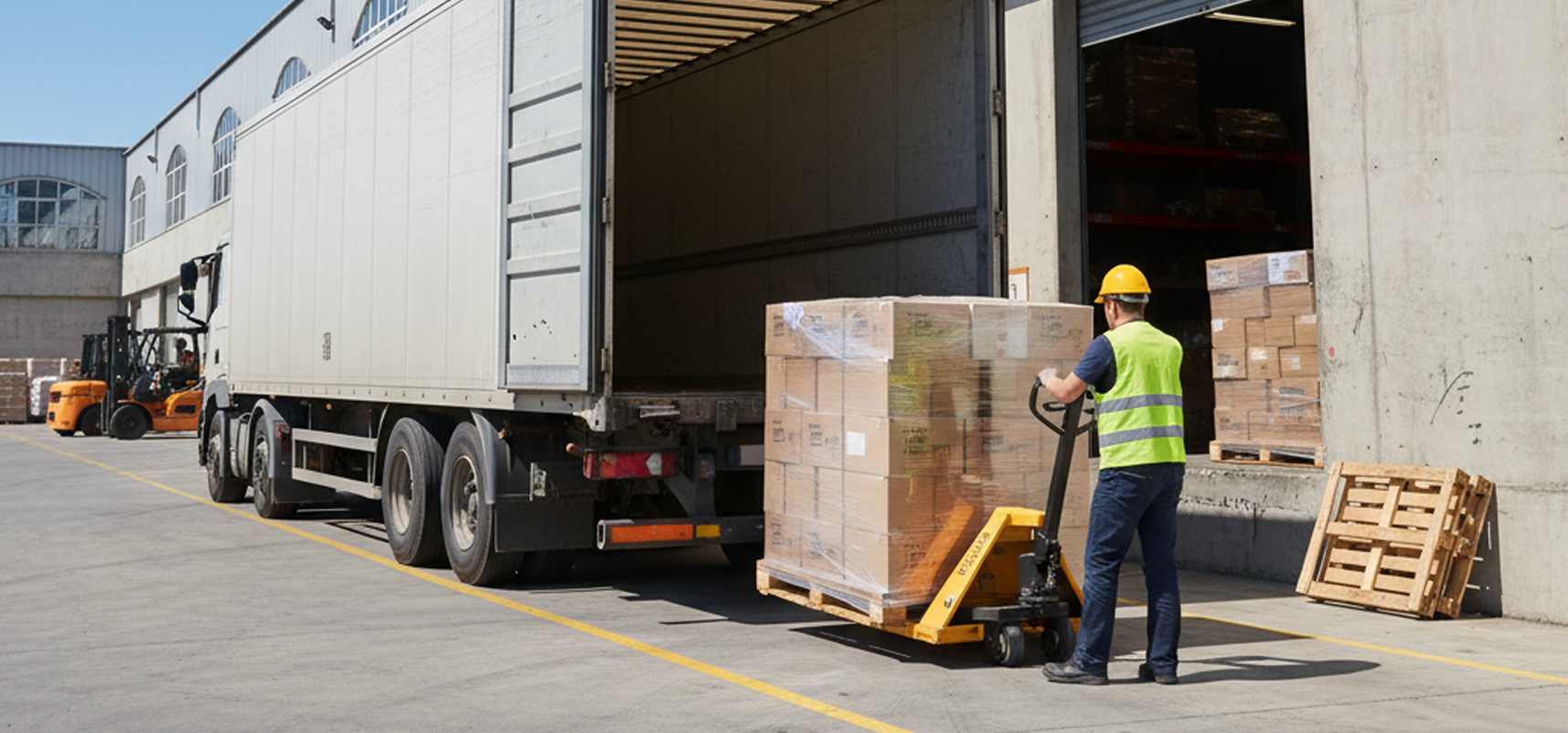Ahmedabad features well-maintained roads, functioning traffic systems, organized infrastructure with wide clean pothole-free streets, and comprehensive smart city initiatives including digital connectivity and water management systems.
Population
Area
Density
207.4K
The projected net population growth in Ahmedabad for 2024 is 230,000.
N/A
59% of the European Union population was of working age (20–64 years) in 2023, totaling 259.9 million out of 448.8 million people.
Key industries include textiles, pharmaceuticals, chemicals, and IT, with major corporations like Arvind Limited, Zydus Lifesciences, Torrent Pharmaceuticals, and Tata Consultancy Services playing significant roles.
Tertiary attainment among young adults aged 25-34 in OECD countries increased from 45% in 2019 to 48% in 2024, placing it among top OECD nations.
Foreign Residents
The average income for foreign residents in Ahmedabad is about 2.1 million yen with 60% earning less.
Ethnic Composition
Foreign residents in Ahmedabad surpassed 30,000 in 2024, making up about 0.3% of the city population, with the largest groups from Nigeria, Mauritius, Sudan, and the United Arab Emirates.
In March 2025, Ahmedabad Metro recorded 35.89 lakh passenger journeys, reflecting extensive daily commuting patterns from suburban districts into the central city for work.
207,380
20.1L
The average annual income in Ahmedabad is about 0.50 million yen though more than half earn less than this amount.

12.3%
Warehouse lease rates in Ahmedabad typically range from ₹15–₹25 per sq ft per month, with Grade A warehouses offering modern amenities and higher specifications, while Grade B and C options are more basic and cost-effective.
Aslali-Kheda, Changodar-Bagodara, Sanand-Viramgam, Kadi-Vithalapur-Becharaji.
Ahmedabad’s last-mile delivery infrastructure features tech-enabled logistics hubs, automated warehouses, and integrated road, rail, and port connectivity to support fast, scalable e-commerce and urban retail fulfillment.
Warehouse automation adoption in Ahmedabad is growing, with businesses increasingly implementing robotics, smart inventory systems, and digital management technologies to improve efficiency, accuracy, and supply chain visibility.
Cold storage and specialty warehousing facilities in Ahmedabad offer temperature-controlled environments with advanced insulation and customizable settings to preserve perishable goods, pharmaceuticals, and chemicals, supporting industries like agriculture, food, and healthcare.

Key industries and economic sectors in Ahmedabad include manufacturing, textiles, IT and software, pharmaceuticals, chemicals, plastics, agro and food processing, automobile and auto components, electronics, trade and transportation, healthcare, education, e-commerce, and banking and financial services.
WareIQ, Delhivery, Blue Dart, Ecom Express, DTDC, Aramex, Hellmann Worldwide, Transvoy Logistics, Kenn Global, Shree Rang Logistics, Navata Road Transport, Navata Supply Chain Solutions, OM Logistics, V-Xpress, Relay Express, Mahindra Logistics, Varuna, Gati Ltd, Adani Ports and SEZ, Citrus Freight.
Ahmedabad handles over 6,000 import and export shipments annually, with key trading partners including the United States, Japan, South Korea, China, Indonesia, United Arab Emirates, and Kenya.
Ahmedabad’s supply chain resilience is improving due to infrastructure upgrades and strategic partnerships, but risks remain from fragmented logistics, external shocks, and the need for greater flexibility and collaboration.
Ahmedabad has advanced local manufacturing capabilities, particularly in textiles, precision engineering, and heavy industry, with modern facilities utilizing cutting-edge technology and automation for both domestic and global markets.
The main industry clusters in Ahmedabad are textiles, chemicals, pharmaceuticals, foundry and engineering, automotive, food processing, and warehousing/logistics.
Ahmedabad’s key competitive advantages as a logistics/business hub are its strategic location with excellent connectivity to ports and major markets, robust infrastructure, cost-effective operations, strong government support, and a thriving manufacturing and e-commerce ecosystem.
Detailed evaluation of Ahmedabad's infrastructure quality, investment projects, utility systems, and environmental considerations for strategic planning.
Ahmedabad’s infrastructure quality and capacity are improving rapidly, with major investments in urban services, transport, and environmental management, but ongoing expansion is needed to meet the demands of its fast-growing population.
Ahmedabad’s planned infrastructure investments include a record Rs 14,001 crore budget for 2025-26 focused on Light Rail Transport, sports infrastructure, green energy, new town planning schemes, metro and expressway expansions, and urban development to support sustainable growth and major international events.
Ahmedabad has privatized electricity distribution, municipal water and sewerage services, and widespread internet connectivity, with ongoing infrastructure upgrades to support its growing urban population.
Key environmental factors affecting logistics in Ahmedabad include extreme heat, urban flooding, air pollution, high freight vehicle emissions, and operational inefficiencies in freight transport.